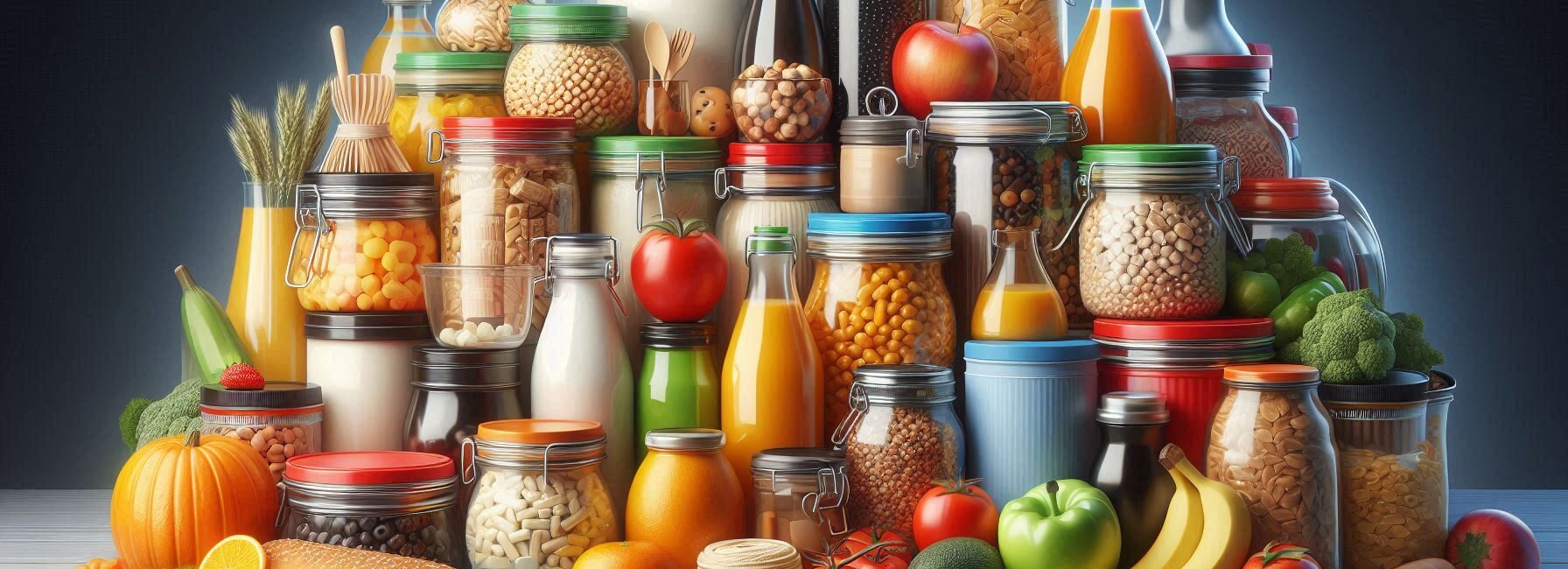Top Takeaways and Key Concepts – Select containers made of food-safe materials to ensure safety and longevity. – Choose airtight containers to protect food from moisture and pests. – Use clear containers for easy visibility of contents and organization. – Consider label options for efficient tracking and identifying food items. […]
Food and Water Storage
15 posts
Top Takeaways and Key Concepts – Use food-grade storage containers to ensure water safety and quality. – Store water in a cool, dark place to prevent contamination and algae growth. – Rotate stored water every six months to maintain freshness and quality. – Label containers with the storage date for […]
Top Takeaways and Key Concepts – Assess your family’s food needs to tailor a long-term storage plan effectively. – Choose a variety of foods to ensure nutrition and avoid dietary boredom. – Store food in a cool, dry place to prolong shelf life and prevent spoilage. – Use airtight containers […]




